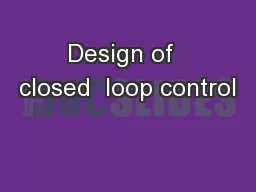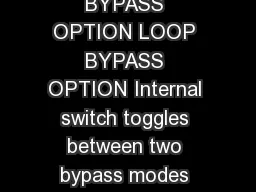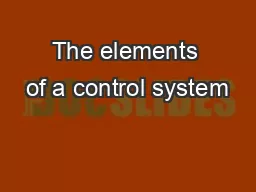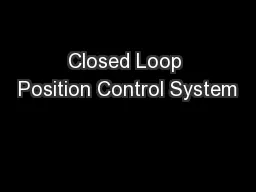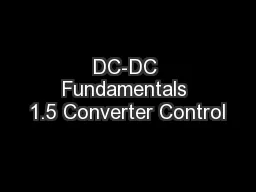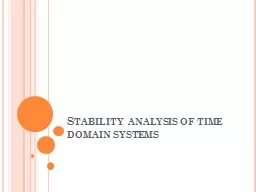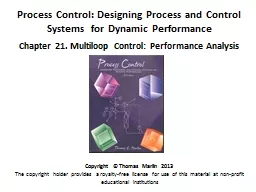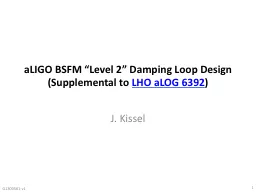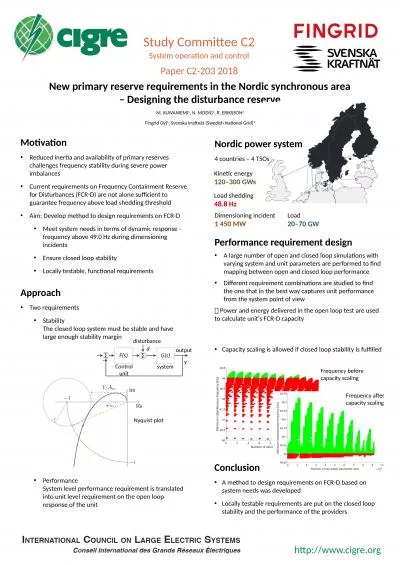PPT-Design of closed loop control
Author : olivia-moreira | Published Date : 2018-09-21
for region 2 of a wind turbine operated with CVT 1 Dept of Electrical Engineering Texas Tech University Lubbock TX 79409 US 2 Dept of Mechanical Engineering
Presentation Embed Code
Download Presentation
Download Presentation The PPT/PDF document "Design of closed loop control" is the property of its rightful owner. Permission is granted to download and print the materials on this website for personal, non-commercial use only, and to display it on your personal computer provided you do not modify the materials and that you retain all copyright notices contained in the materials. By downloading content from our website, you accept the terms of this agreement.
Design of closed loop control: Transcript
Download Rules Of Document
"Design of closed loop control"The content belongs to its owner. You may download and print it for personal use, without modification, and keep all copyright notices. By downloading, you agree to these terms.
Related Documents

